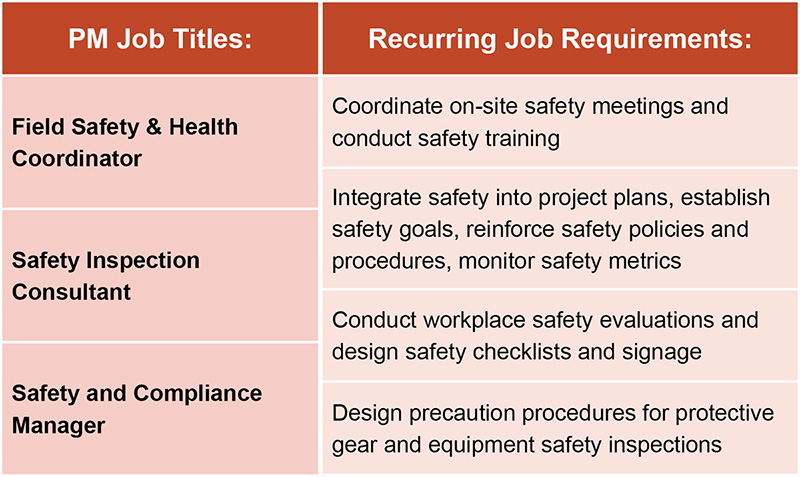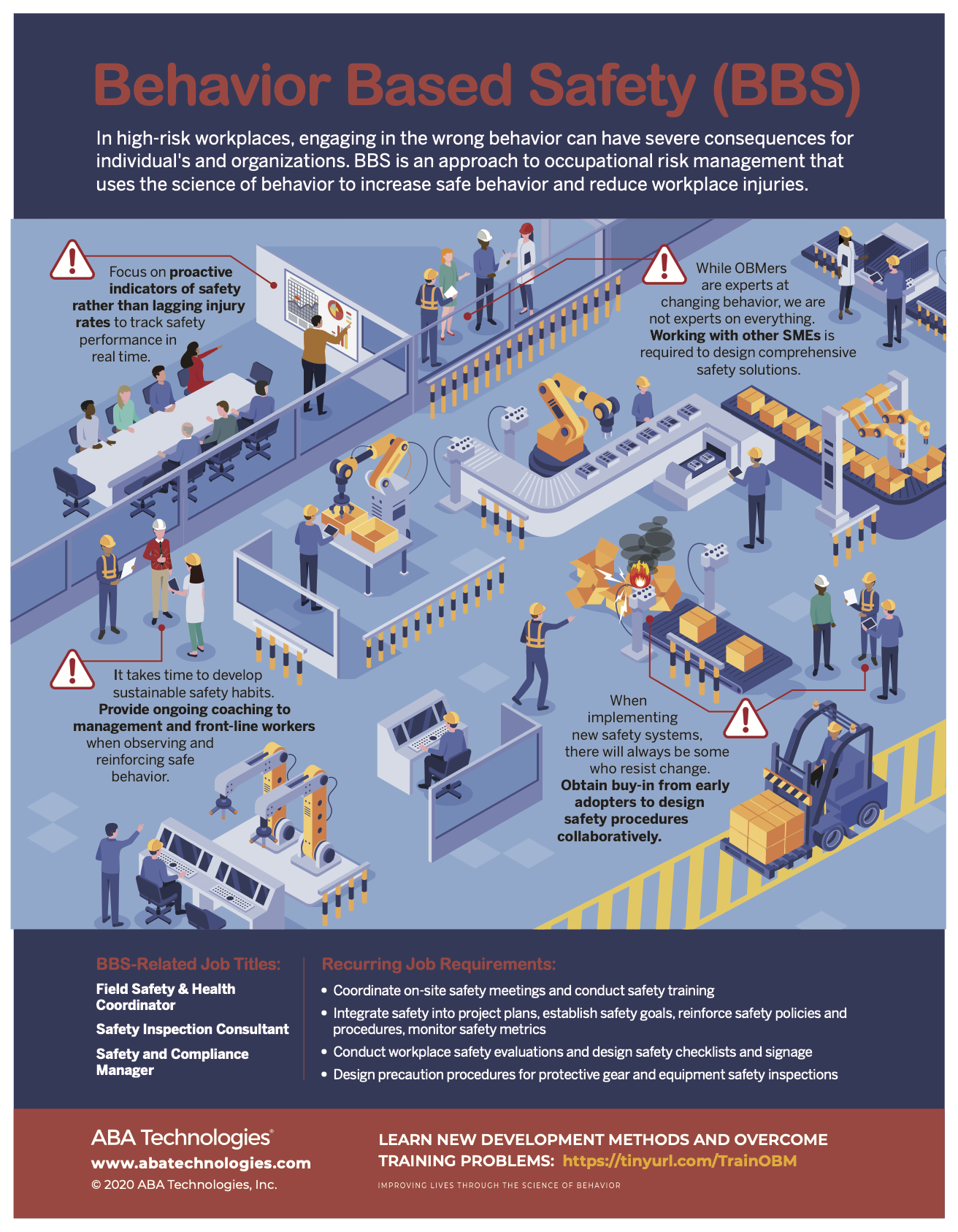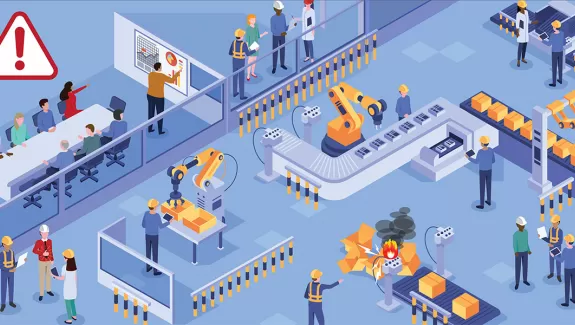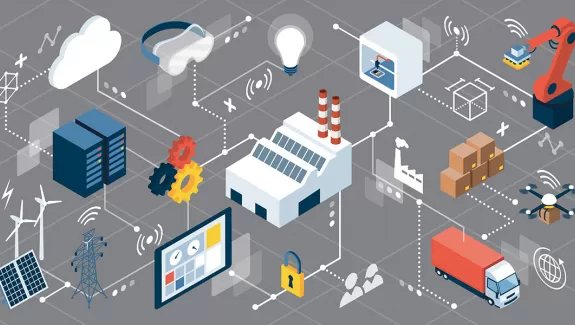
Behavior-Based Safety (BBS)
Author: Vincent Bello
Part 2 of 7
Behavior-Based Safety

In many high-risk workplaces, the process of promoting safety usually looks something like this. An employee gets injured on the job. Management scrambles to come up with a new safety campaign centered around re-training and a new safety slogan. Annual bonuses are promised to departments that report low injury rates. Problem solved, right? Not quite. This common approach to organizational risk management usually leads to short-lived spikes in safety performance. The end result is a cycle of reactive measures that do not address the root cause of safety issues.
A potential fix to traditional safety woes is Behavior-Based Safety (BBS). BBS takes a systematic approach to promote behavior supportive of injury prevention (Sulzer-Azaroff & Austin, 2000). BBS specialists add value to organizational safety teams by providing safety training, measurement systems, incentive-program development, and leadership coaching. For behavior analysts who are interested in pursuing a career in safety, here are a few tips to help increase the value of your services.
1. Obtain buy-in from front-line workers for site-specific safety solutions.
 From the perspective of a BBS consultant, your safety intervention could consist of changing work processes that do not align with safety goals. From the perspective of a front-line worker, who has a long learning history of ineffective safety systems, your intervention involves changing their routine and imposing new policies. It is not difficult to understand why most safety initiatives are met with skepticism from workers.
From the perspective of a BBS consultant, your safety intervention could consist of changing work processes that do not align with safety goals. From the perspective of a front-line worker, who has a long learning history of ineffective safety systems, your intervention involves changing their routine and imposing new policies. It is not difficult to understand why most safety initiatives are met with skepticism from workers.
When faced with resistance, an effective strategy is to capitalize on buy-in from early adopters, also known as site champions. Site champions are the first workers to recognize the value of a safety program and are well positioned to help other hesitant workers identify why change is necessary. Workers know their sites better than anyone else. Buy-in from everyone is required to design and refine safety programs that target site-specific safety issues.
2. Focus on behavioral metrics and leading indicators to track safety performance.
 Traditional indicators of safety include injury rate and the number of days since the last injury. Although these metrics are commonly reviewed by organizational leaders, they do not tell us which behaviors are actually occurring. Focusing on leading indicators and direct measures of front-line behavior allows you to track changes in safety performance in real time. Leading indicators such as near misses are predictive measures of safety and help you identify hazardous conditions before injuries occur. Behavioral metrics collected daily also provide a more direct picture of the effects of your safety intervention. Highlight the value of your services using metrics that show how performance changes lead to organizational safety goals.
Traditional indicators of safety include injury rate and the number of days since the last injury. Although these metrics are commonly reviewed by organizational leaders, they do not tell us which behaviors are actually occurring. Focusing on leading indicators and direct measures of front-line behavior allows you to track changes in safety performance in real time. Leading indicators such as near misses are predictive measures of safety and help you identify hazardous conditions before injuries occur. Behavioral metrics collected daily also provide a more direct picture of the effects of your safety intervention. Highlight the value of your services using metrics that show how performance changes lead to organizational safety goals.
3. Design reinforcement and observation systems to maintain safety habits.
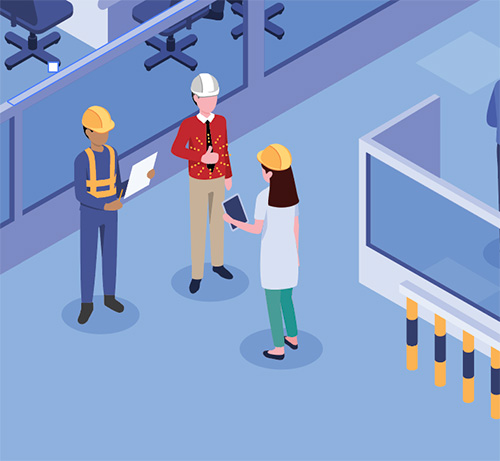 Traditional safety campaigns usually involve high rates of support for safe behavior during rollout, but as hype for the new initiative dwindles, so does safety performance. The reason is usually that behaviors, such as reporting accidents, completing safety checklists, and discussing safety during regular meetings, are no longer supported. The lack of program support is an issue of reinforcement and behavior analysts are trained to design reinforcement systems to keep critical behaviors going. Selecting individualized reinforcers, increasing reinforcement opportunities, and identifying when reinforcers are losing their impact are all competencies of behavior analysts that can promote lasting safety improvements.
Traditional safety campaigns usually involve high rates of support for safe behavior during rollout, but as hype for the new initiative dwindles, so does safety performance. The reason is usually that behaviors, such as reporting accidents, completing safety checklists, and discussing safety during regular meetings, are no longer supported. The lack of program support is an issue of reinforcement and behavior analysts are trained to design reinforcement systems to keep critical behaviors going. Selecting individualized reinforcers, increasing reinforcement opportunities, and identifying when reinforcers are losing their impact are all competencies of behavior analysts that can promote lasting safety improvements.
Note here that reinforcement does not always involve rewards or incentives delivered by management. Natural reinforcers are a powerful source of reinforcement. Workers contact natural reinforcers when engaging in safe behavior helps them do their job more effectively without risking injury. One way to increase opportunities for natural reinforcement is through self and group observations. When people observe themselves and others for certain safe or unsafe behaviors, they realize everyone engages in risky behavior, sometimes without knowing it (Geller, 2005). As workers become better observers of their own performance and discuss their personal experiences with safety, doing the safe thing becomes a shared and valuable practice.
4. Collaborate with other safety experts to design comprehensive safety solutions.
 The effectiveness of the BBS approach to organizational risk management is widely documented, but that doesn’t mean that behavior analysts can solve every safety issue. In most cases, BBS is just one facet of the total injury prevention package (Sulzer-Azaroff & Austin, 2000). BBS specialists frequently collaborate with safety experts from other fields, such as ergonomics, engineering, and occupational health and safety management. Learning to speak in non-technical language and familiarizing yourself with context-specific terms is necessary to maximize your value in a safety team dynamic.
The effectiveness of the BBS approach to organizational risk management is widely documented, but that doesn’t mean that behavior analysts can solve every safety issue. In most cases, BBS is just one facet of the total injury prevention package (Sulzer-Azaroff & Austin, 2000). BBS specialists frequently collaborate with safety experts from other fields, such as ergonomics, engineering, and occupational health and safety management. Learning to speak in non-technical language and familiarizing yourself with context-specific terms is necessary to maximize your value in a safety team dynamic.
BBS Job Search (or Careers in BBS)
Combined with behavior analytic training and fieldwork supervision, these tips are a great start to developing your value as a BBS specialist. Many organizations are eager to hire trained safety specialists but will not always list their job openings under the title of Behavior-Based Safety. Instead, you will find several other safety-related job titles that require a similar skill set. The table below can be a good starting point for your job search.
